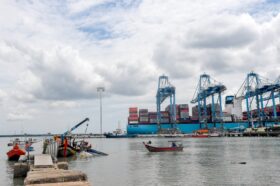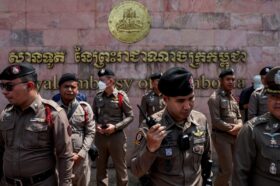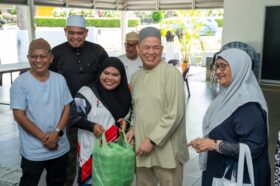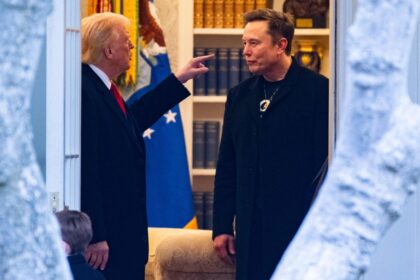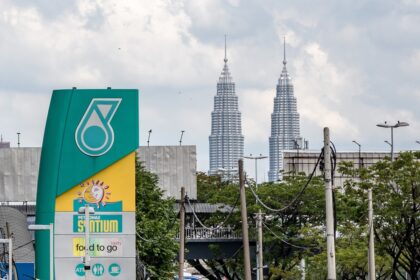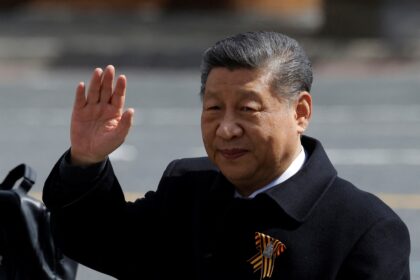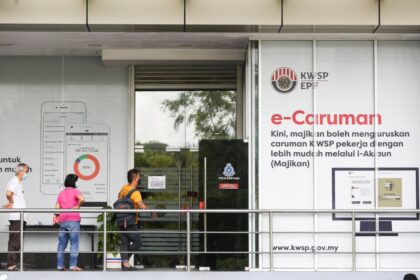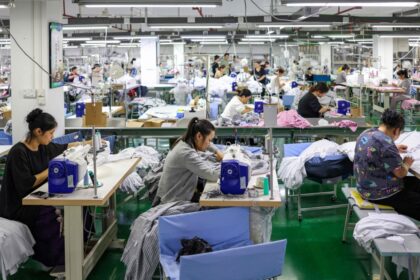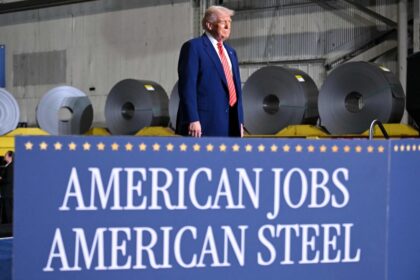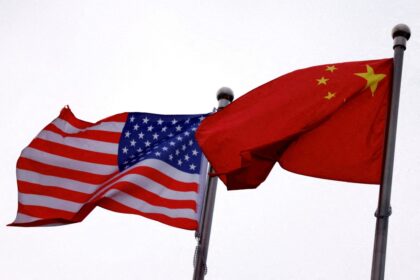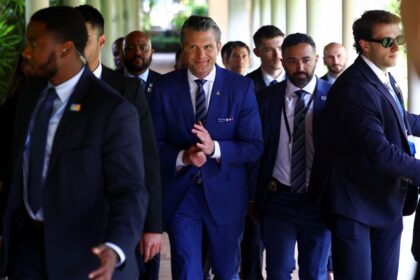BEIJING, May 1 — China is holding off on entering serious trade negotiations with the United States as it waits to see which of former President Donald Trump’s advisers will shape his evolving trade policy, according to sources familiar with the matter.
Beijing is in no hurry to resolve the tariff deadlock, citing deep divisions within the Trump administration’s trade team and ongoing uncertainty about the final direction of US policy, according to a report published in the South China Morning Post.
“There is no clear sign which clique will win,” one source said, referencing the competing views of Trump’s key advisers — Peter Navarro and Robert Lighthizer, who favour decoupling, and Treasury Secretary Scott Bessent, who supports a balanced deal.
The source said engaging in talks prematurely would risk exposing Beijing’s negotiating position without knowing who would ultimately be on the other side of the table.
A commentary by a state-linked social media account, Yuyuan Tantian, said while the US had approached China through multiple channels for talks, there was “no need” for Beijing to respond without substantial moves from Washington.
China is expected to watch closely until the end of July, when a 90-day reprieve on tariffs imposed by the US lapses. These tariffs, announced on April 2, apply to most countries except China, which was not granted the grace period.
“The key is to see how much the US market can handle and how it performs around July,” said another source, suggesting tariff increases were likely but should remain moderate.
Beijing is also monitoring deals the US might strike with other countries, such as India and Indonesia, during the grace period before determining its next steps.
In the meantime, China has intensified efforts to strengthen economic ties beyond the US and advance domestic self-reliance initiatives that have been in place since 2020.
Officials say this strategy has boosted China’s resilience, making its high-end manufacturing increasingly indispensable and hard to replace in the global supply chain.
While acknowledging America’s economic strengths, the same source cited unpredictability and internal political constraints as weaknesses that complicate the US’ ability to coordinate and maintain a consistent trade strategy.
By mid-April, over 75 countries had reached out to the US for trade discussions, including Japan, although progress remains unclear with many reporting a lack of clear proposals from Washington.
Asean nations, also affected by the tariffs, face limited options and are reluctant to take sides amid the escalating US-China rivalry, sources said.
Joerg Wuttke, a partner at the advisory firm DGA-Albright Stonebridge Group, noted that the US administration lacked cohesion, with Trump’s personal decision-making taking precedence over structured policy discussions.
Trump adviser Peter Navarro claimed that 90 deals could be completed within the grace period, but Treasury Secretary Bessent is leading the negotiations. Still, Trump’s personal preferences are expected to dominate final decisions.
Despite public claims by Trump that Chinese President Xi Jinping had reached out, Beijing denied the assertion, labelling it “fake news” and clarifying that no formal talks had begun.
Sources confirmed that communication between both sides has never fully ceased but remains informal and strategic, with no fixed agenda or clear timeline for talks.
Observers expect the situation to evolve after summer, when the economic impact of tariffs could trigger rising US consumer prices and possibly shift Trump’s stance based on public response and political pressures.
Source:  Beijing delays US trade talks amid Trump team divisions, eyes tariff fallout in July
Beijing delays US trade talks amid Trump team divisions, eyes tariff fallout in July








